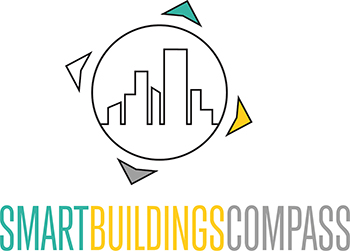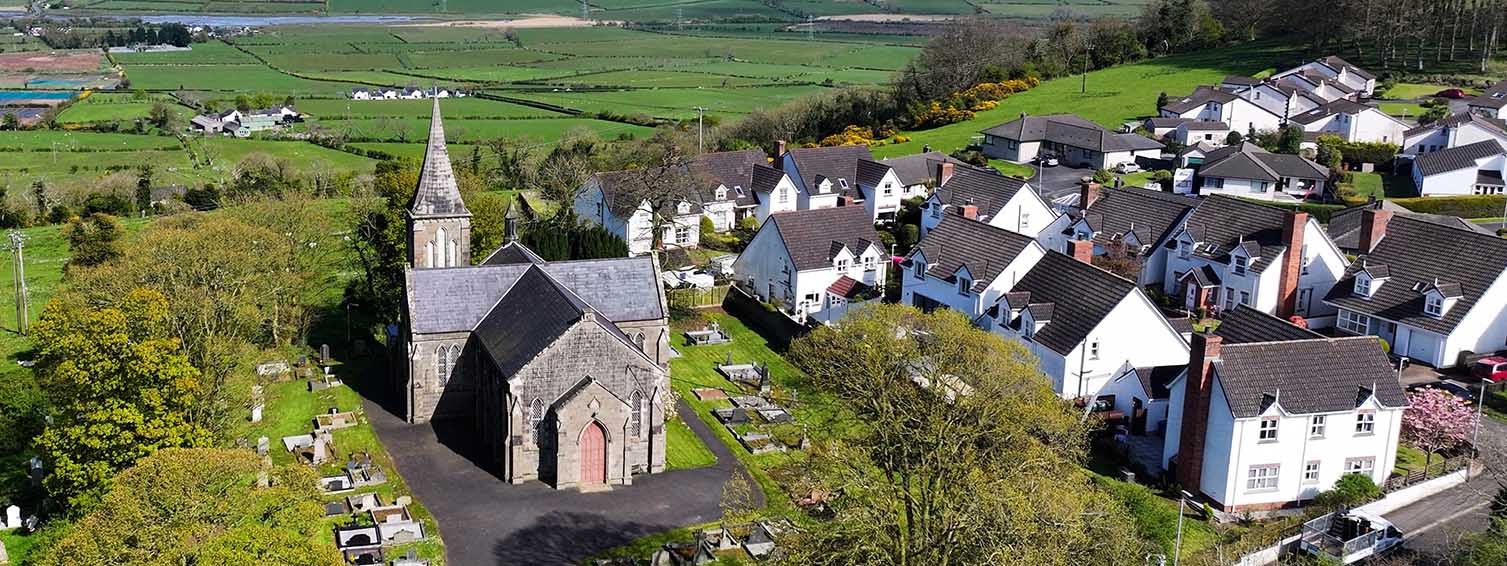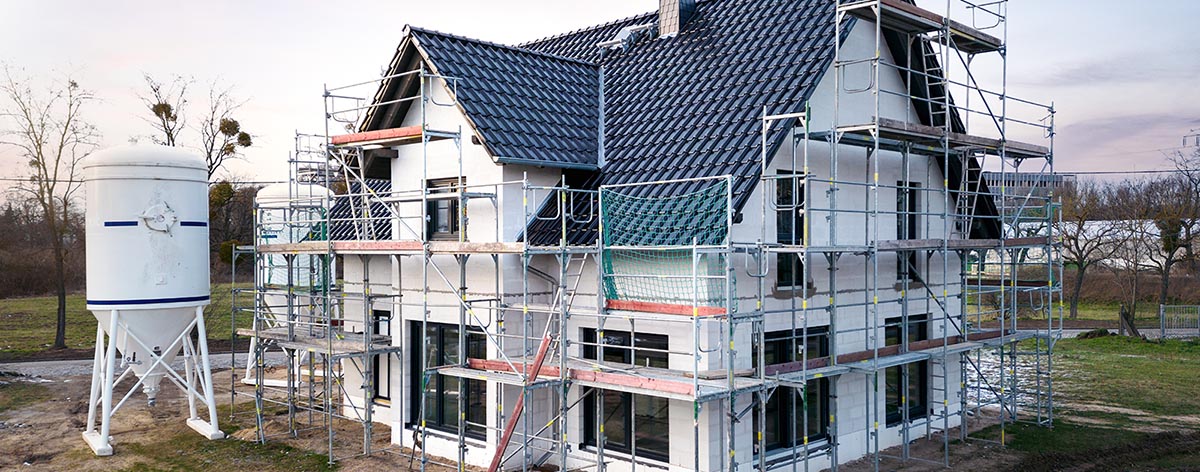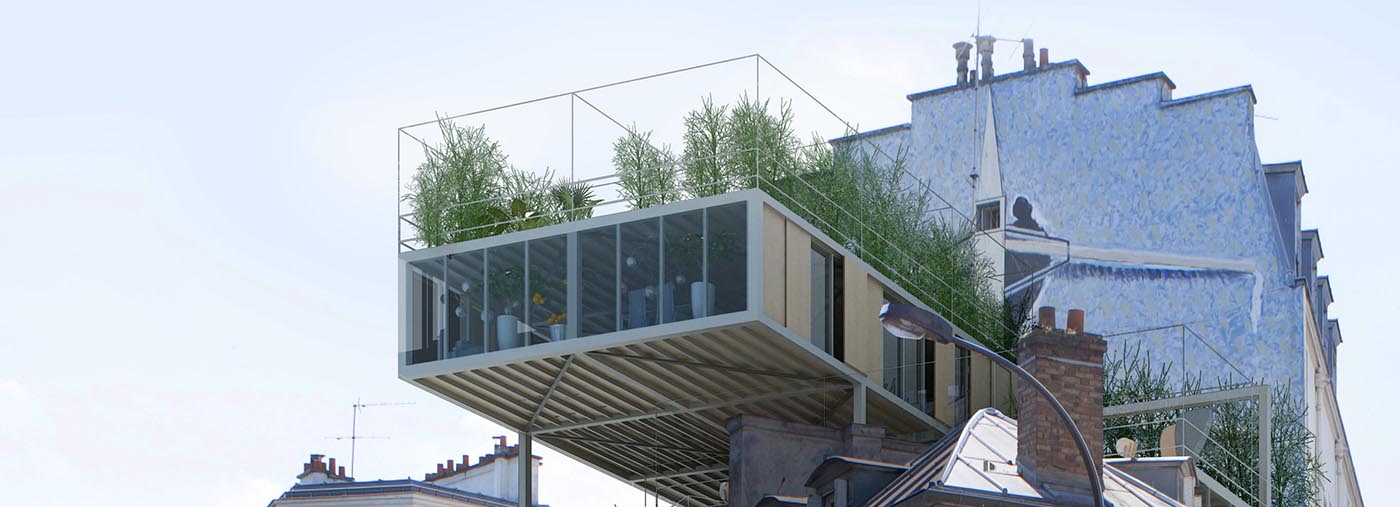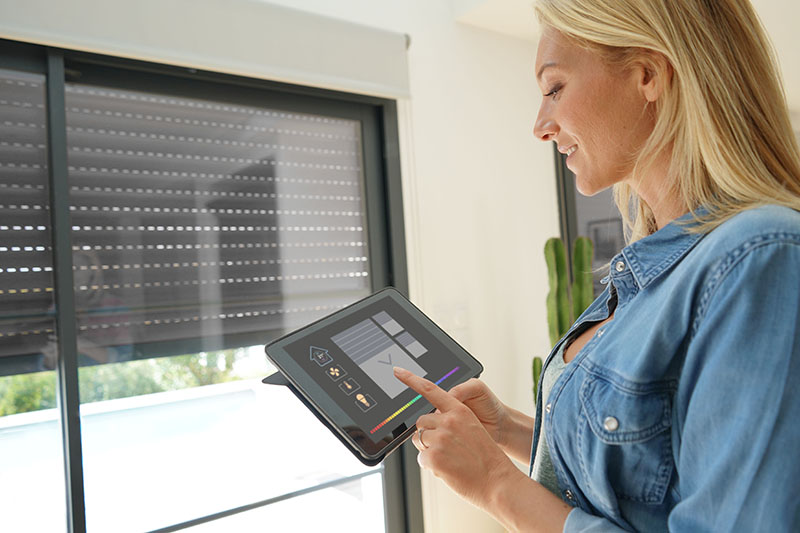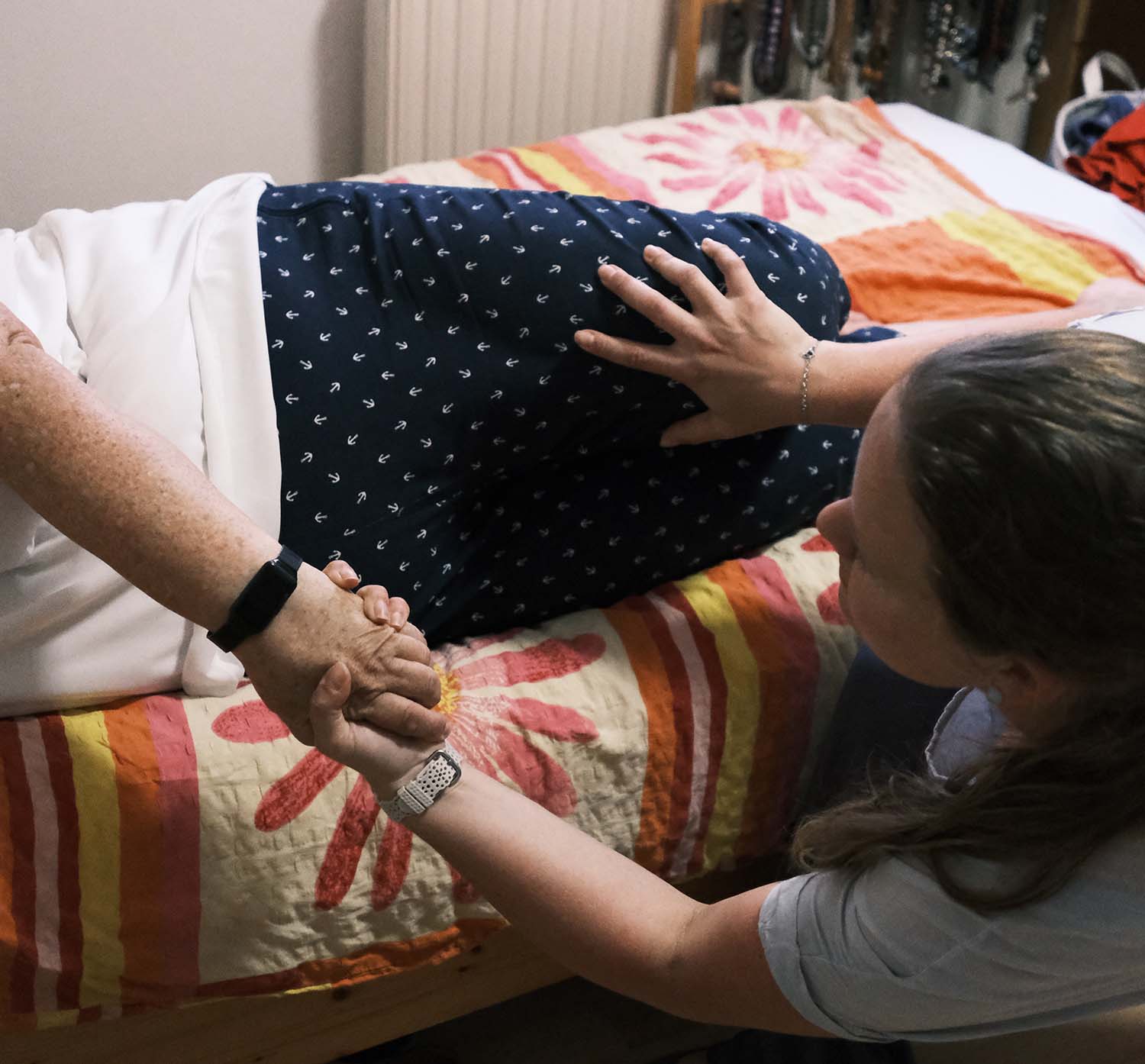“We inherited the house from my family a few years ago. The renovation would have cost us more than a new building. That’s why we removed the old house and put up a wood frame house,” Barbara explains when we visited the construction site.
The family has been working on finalizing the house in their spare time since 2019. Michael’s first apprenticeship as a plumber suits the handyman just fine. “It’s a cozy construction site because we don’t have any stress. Due to the Covid pandemic, it will probably take longer, too. But we work on it together almost every weekend. Spare time is very rare right now,” Michael said. Wife Barbara, a social education worker and thus no specialist, has also been learning a lot from Michael about all the things that need to be taken into account when building a house.
The hard work pays off: the structures and the materials used are well thought through, the craftsmen handpicked. The result will be a house that perfectly supports their lives.
“Today, heat protection is more important than cold insulation”
Two premises form the basis of their decisions: 1.: The materials used should be as sustainable and climate-friendly as possible. 2.: Heat protection is more important than cold insulation due to the ongoing climate change. „Actually, we didn’t want to use Styrofoam as insulation. But there were special restrictions in the submission of the building plan, as materials other than the standard are simply not permitted. We were surprised how few companies were using alternative practices and methods” says Michael about his research at the beginning.
Alternative materials, such as clay or jute, are either not used at all or only very unwillingly: “An architect said that people have been trying to get clay out of buildings for decades.” Yet working with clay is particularly resource-efficient. Its heat-retaining properties reduce heating requirements and help save energy costs. Clay also regulates humidity between 45 and 55 percent because it can store a lot of water vapor. This is a great advantage in winter when the air is very dry. The building material does not statically charge the air, which reduces dust formation. (Fun fact: The Austria pavilion at the EXPO currently taking place in Dubai consists of clay cone buildings, which, according to media reports, “stand for intelligent, resource-saving architecture with a high quality of life.” The building creates a natural air circulation through the special architecture and material clay and thus cools down the building without a cooling unit).
Barbara and Michael with their dog "Peanut" at the construction site
Dog "Peanut" loves to sleep on the warm clay oven (Credit: Anja Herberth)
The smart control by Loxone (Credit: Michael Bach)
Clay panels reduce heating requirements and help save energy (Credit: Anja Herberth)
Clay storage stove (Credit: Michael Bach)
The timber frame building is built conventionally, but there is already built up a clay storage stove, which makes the site cozy even in winter. It was implemented by a potter, whom they had to search for a long time due to the desired material clay. Especially dog “Peanut” loves it – she can’t get away from “her” sleeping place on the warm stove. The potter also built a bread oven into the beautiful, curved oven concept. The temperature in the oven is measured with a sensor which is integrated into the Loxone system.
The walls are also additionally insulated with clay panels or jute at the installation level. “We considered installing a living room ventilation system, but decided against it. That means a permanent negative pressure in the house, and you are already very dependent on the electrical system,” Barbara explains their decision. For them it is very important that the house runs smoothly even if the power supply is interrupted: “Even without electricity, we can provide ventilation and heat via the clay stove.”
Smart – but with added value
The intelligent support is important to both of them – but with added value. “At first the term smart home had a negative connotation for me,” Barbara remembers. “Being able to turn the lights on and off at the bathroom from outside with an app, for example, didn’t sound useful to me.” A house isn’t “smart” just because you can control something from outside the house. But over time, she realized the potential of smart building technology.
In the building Loxone modules are used, but only with wiring (i.e. no Loxone Air products for wireless building automation). The family puts special focus on automation in lighting, heating, temperature control and security. The built-in automations help in the efficient use of resources, furthermore, the security of the house is of course a concern to them. “Loxone offers us a high security standard, so that we are safe from attacks from the outside,” says Michael – as the system is basically not accessible from the outside.
Furthermore, sensors for burglary protection are not only hidden in the windows: Security is thought even further here. Floor lamps are installed in the staircase so that people can walk safely through the house at night without waking the house by turning up the hall light. Furthermore, water sensors are installed in the floor: “We had water intrusion several times through fine cracks, especially during heavy rains. Once we install the floor, we can’t see when it gets wet or damp. Therefore, we install sensors under the floor panels to warn us in this case,” Michael explains.
The basic heating system is a heat pump, the Vaillant system also cooperates with their Loxone system. The underfloor heating pipework runs in basalt-lava molded panels: “These panels are far less sluggish in transmission than other materials and respond faster to heat and cold. This means: Only a very small amount of energy is lost. Because in summer, the underfloor heating is also used for cooling. For this application, Loxone performs a dew point calculation and sends the desired flow temperature to the Vaillant system to avoid condensation.”
For safety, each water consumer can be shut off individually. Basically, each consumer can be shut off manually via distributors on each floor. However, the magnetic valve is located in the main line. The water counter is read by the Loxone system via a pulse sensor. If water flows, but no consumer such as a washing machine or dishwasher is running and no one is at home who could draw water, the magnetic valve is switched via a relay and the supply is interrupted to prevent damage to the building,” Michael explains the safety mechanism.
The cistern is fed with rainwater to be used for the garden. (Credit: Michael Bach)
Piping: All consumers can be shut off individually. (Credit: Michael Bach)
Credit: Michael Bach
Electricity production and consumption in mind
A photovoltaic system will finally be built on the roof. In order to have an overview over electricity production and consumption, the family would like to be able to measure the key figures. Using a Raspberry Pi, the difference between electricity consumption and production will be measured. In order to have an overview over the water consumption, an AES key is required from the municipality – and according to Michael, this is not that easy.
The power sockets are switched off completely to take standby appliances off the grid when the house goes into standby or sleeping mode. “The refrigerator stays on, but TV and PC equipment don’t need power access when we’re not at home, of course.”
Innovative ideas
Several smart controls are also planned: When the balcony door is opened, the shutters go up automatically. Speakers are installed throughout the house, which can be controlled smartly, of course. There are two headphone jacks by the bed, because while Barbara likes to read before falling asleep, Michael likes to fall asleep with the TV on. With the jacks, he avoids disturbing Barbara while she reads.
The idea of integrating a central vacuum cleaner is an especially unusual one: “It will be unique. The vacuum cleaner is centrally located in the basement with a large dust bin. There is piping throughout the house, and all we have to do is connect a hose to it,” says Barbara happily. This makes vacuuming very quiet and easy, since only the hose, and not the whole unit, has to be pulled through the house. The system starts by itself when the hose is connected to the joints.
Sustainable usage of water
A large water storage is buried in the garden: “We collect all the rainwater from the roof areas and thus always have a water reserve.” However, the two have not realized the coupling to the water system in the house: “The toilets hang on the separate riser, which could later eventually be operated with gray water, if we want that. Because if it rains not much and the cistern is empty, we would have to fill the cistern with drinking water. If the pump fails, we couldn’t just switch the system over either.” The rainwater is thus primarily used for the garden.
In a final note, the two are very satisfied with their soon-to-be dream home: “Of course, we had to make compromises, also for financial reasons. Covid has set us back in terms of time in the realization. But we’re not in a rush, and it’s important to us that, with all the effort, we end up with a house that offers us comfort and security and is as energy-efficient as possible.”
Thank you Barbara and Michael for the interview!
Author: Anja Herberth
Chefredakteurin
